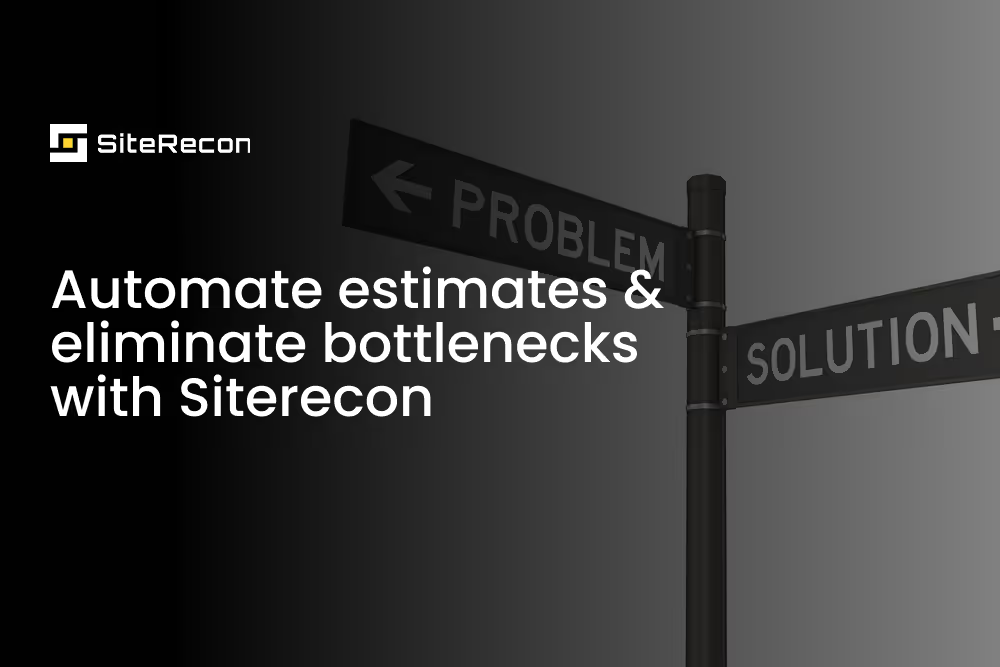Featured blog posts
Latest blog posts
Thank you! Your submission has been received!
Oops! Something went wrong while submitting the form.
Tag
Showing 0 of 100
Best Practices
Estimating
.avif)
Top 10 Must-Have Takeoff Software Features for Landscapers
Discover the 10 takeoff software features lawn & landscape contractors need for accurate bids, faster estimates, and higher profitability.
Production Planning
Sales
Best Practices

How to Avoid Unexpected Costs in Landscape Maintenance
Learn how landscape contractors can stop profit leaks from hidden costs with accurate measurements, standardized estimating, and AI-powered takeoffs.
Artificial Intelligence
Tech Implementation
Onboarding & Integration

AI Agents for HubSpot, QuickBooks & Landscaping Systems
AI Agents automate data entry by linking HubSpot, QuickBooks & landscaping software. End the busywork and keep your business in sync.
No results found.
There are no results with this criteria. Try changing your search.





.avif)




.avif)

.avif)